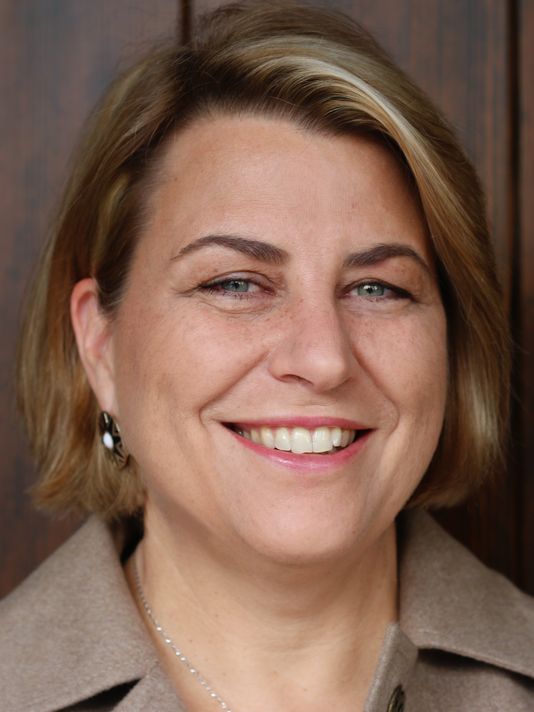Entrepreneur Case Studies
Building an AI-Powered Pharmaceutical Services Business: VIDA CEO Susan Wood (Part 2)
Sramana Mitra: Did you work in engineering all through this period?
Susan Wood: No. When I left Hopkins, I actually worked in a business capacity. It was a very technical sale. I probably wasn’t as heavy on my programming ability as a lot of the people in the company. I started learning my MBA on the street at that time.
Sramana Mitra: Technical selling is a fabulous training ground for a tech career. They tend to be very good product people.
>>>Building an AI-Powered Pharmaceutical Services Business: VIDA CEO Susan Wood (Part 1)

This conversation not only highlights Susan and VIDA’s journey but is an excellent analysis of the Pharmaceutical Services space. If you’re looking to do/doing a startup in this field, the conversation should be illuminating.
Sramana Mitra: Let’s start at the very beginning of your journey. Where are you from? Where were you born and raised? What kind of background?
>>>From PhD Student to Machine Learning Entrepreneur: SuperAnnotate CEO Tigran Petrosyan (Part 5)
Sramana Mitra: How is it working with your brother?
Tigran Petrosyan: Many people tell me that they would never work with their siblings. When you do it right, it can be a blessing. We have done quite a lot of work early on to make sure that not only the brotherhood works, but also the business side works.
We’ve gone a very long way. You can trust each other. You know that you rely on each other and you can be safe. Having that backup all the time is critical, especially when you’re building something new and innovative. The rate of failure can be high.
>>>From PhD Student to Machine Learning Entrepreneur: SuperAnnotate CEO Tigran Petrosyan (Part 4)
Sramana Mitra: After raising that $100,000, you went to the accelerator. Did the accelerator give you some money?
Tigran Petrosyan: Yes. It was $100,000.
Sramana Mitra: Is there any other investment?
Tigran Petrosyan: We had a few other angels and pre-seed. The big part came when we raised our seed round in early 2020 with Point9 Capital. It’s one of the most highly-respected European VC firms. That $3 million helped us expand our operations and build a go-to market in the US and Europe.
>>>From PhD Student to Machine Learning Entrepreneur: SuperAnnotate CEO Tigran Petrosyan (Part 3)
Sramana Mitra: What emerged as your target market?
Tigran Petrosyan: This is a good question. Machine learning can be applied to all kinds of industries. Initially, our target was computer vision. Basically, those who use images to get intelligence out of images. This was our niche.
We started to build an engine to attract clients. It went through a few iterations and another six months before we realized that what we were building is much more than an annotation platform. There’s a big pain about the platform itself as a standalone software solution. We released that in early 2020.
>>>From PhD Student to Machine Learning Entrepreneur: SuperAnnotate CEO Tigran Petrosyan (Part 2)
Sramana Mitra: When you applied to the Berkeley accelerator, how much time passed between your $100,00 funding to the accelerator?
Tigran Petrosyan: We got accepted to Berkeley after two months and then into the program after four months.
Sramana Mitra: How long were you in the accelerator?
>>>From PhD Student to Machine Learning Entrepreneur: SuperAnnotate CEO Tigran Petrosyan (Part 1)

Tigran and his brother were Ph.D. students when they decided to quit their Ph.D. program and build a company out of their Ph.D. research technology.
They have since raised over $15M in funding and built a customer base of ~200 in their ML Ops business. They are leveraging countries like Armenia and Bangladesh for development and data services.
>>>How NOT To Build a Startup: Ned Hill, CEO of Position Imaging (Part 7)
Sramana Mitra: Let’s go back to the point you were pivoting. How much money did you get at that point to do the pivot?
Ned Hill: Very little on a grip. My burn rate was over $100,000 a month. I was being given a couple hundred thousand dollars to go through the next couple of months. I knew I needed some commercial traction. I approached UPS and told them what I was doing. We did a pilot.
Sramana Mitra: Paid pilot?
>>>